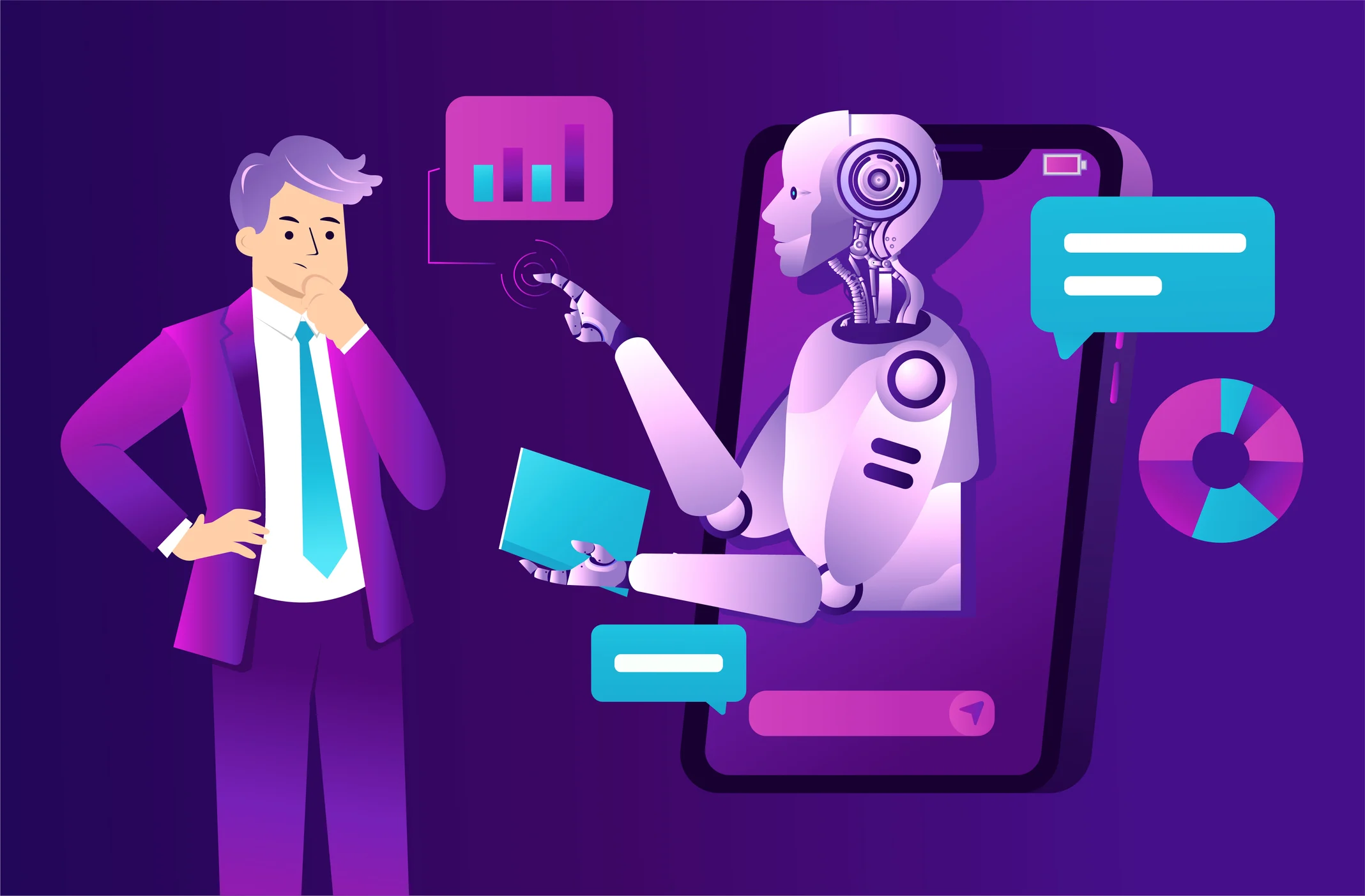Introduction to AI in Advertising
AI encompasses various technologies like machine learning, natural language processing (NLP), and computer vision, which empower advertisers to analyze vast amounts of data and automate decision-making processes. This enables them to personalize content and optimize campaigns in real-time.
Non-Traditional Advertising Methods
Non-traditional advertising refers to unconventional approaches that break away from traditional media channels (TV, radio, print) to engage audiences in unexpected ways. Examples include guerrilla marketing, influencer collaborations, experiential marketing, and viral campaigns.
AI Applications in Non-Traditional Advertising
- Personalization: AI analyzes consumer behavior, preferences, and demographics to tailor advertisements and messages uniquely to each individual, enhancing relevance and effectiveness.
- Predictive Analytics: AI algorithms forecast trends and consumer behavior patterns, helping advertisers anticipate market changes and adjust campaigns proactively.
- Content Creation: AI-powered tools generate compelling content, such as personalized videos, interactive ads, and dynamic visuals, based on user data and preferences.
Advantages of AI in Advertising
- Enhanced Targeting: AI enables precise audience segmentation and targeting, ensuring ads reach the most relevant users at optimal times.
- Improved ROI: By optimizing ad placements and budgets in real-time, AI maximizes return on investment (ROI) and minimizes wastage.
- Creative Insights: AI analyzes consumer sentiments and preferences to provide insights that inspire innovative, engaging campaign ideas.
Challenges and Considerations
- Privacy Concerns: AI’s ability to collect and analyze personal data raises ethical and privacy issues, necessitating transparent data handling and compliance with regulations like GDPR.
- Algorithm Bias: Biases in AI algorithms can inadvertently perpetuate stereotypes or exclude certain demographics if not properly monitored and corrected.
- Integration Complexity: Adopting AI technologies requires investment in infrastructure, training, and integration with existing advertising systems, posing challenges for some organizations.
Emerging Trends and Innovations
- Voice Search Optimization: AI-powered voice assistants (e.g., Alexa, Siri) are reshaping how consumers interact with brands, influencing SEO and ad strategies.
- Chatbots and Virtual Assistants: AI-driven chatbots provide instant customer support and personalized recommendations, enhancing user experience and brand engagement.
- AI in AR/VR Advertising: Combining AI with augmented reality (AR) and virtual reality (VR) creates immersive, interactive advertising experiences that captivate audiences.
AI is not merely a tool for automation but a catalyst for innovation in non-traditional advertising strategies. By harnessing AI’s capabilities to understand, predict, and engage with audiences on a deeper level, advertisers can create more impactful campaigns that resonate with today’s digitally savvy consumers. Embracing AI-driven approaches will be essential for staying competitive and relevant in the evolving advertising landscape.





